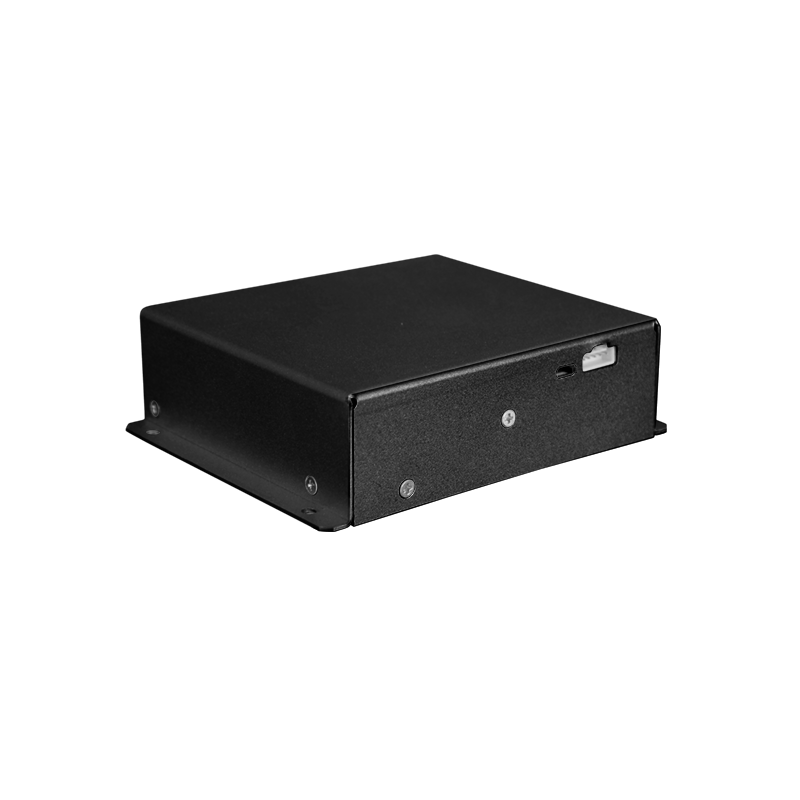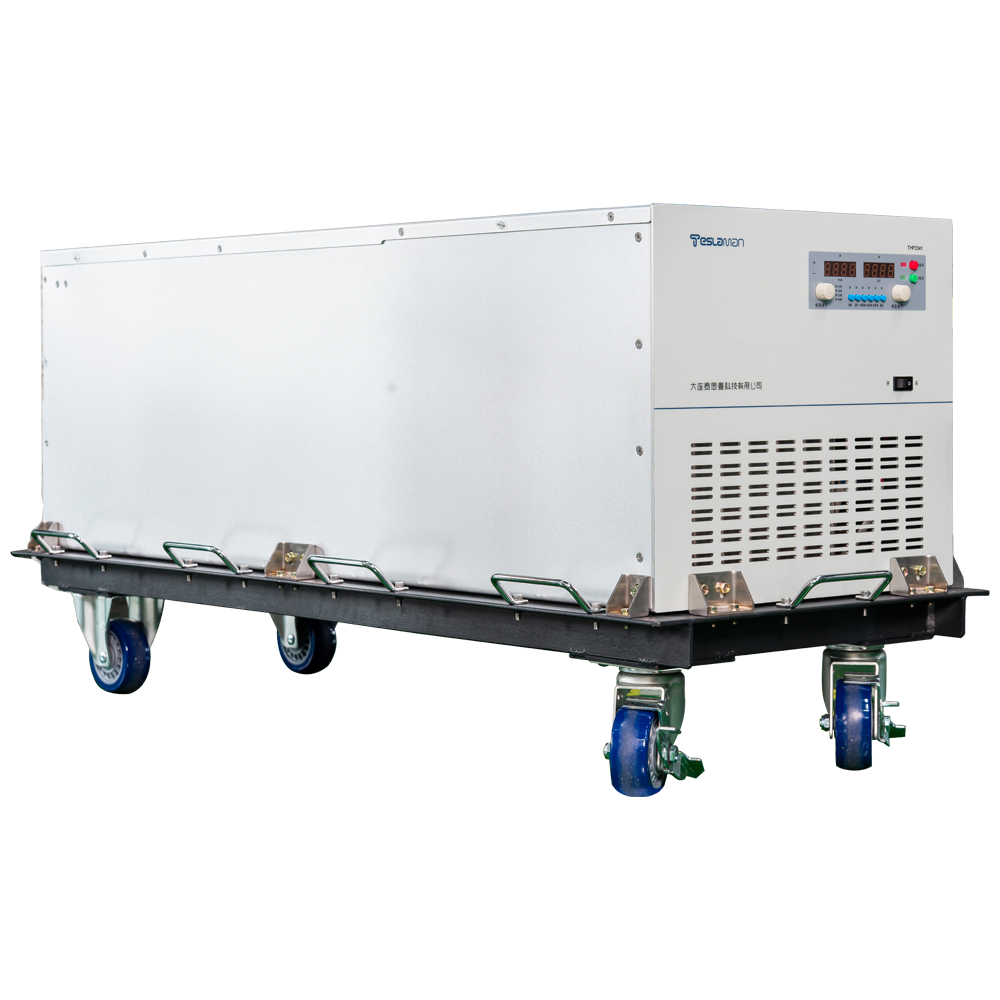Advancements in Technology and Materials Ensure the Stability and Reliability of High-Voltage Power Supply in Mammography X-ray Imaging
**Introduction:**
The rapid development of medical imaging technology imposes higher demands on the performance of high-voltage power supplies, particularly in mammography X-ray imaging, where stringent requirements for stability and reliability are essential. This article explores how advanced technology and materials contribute to the outstanding performance of high-voltage power supplies in clinical applications.
**Application of Advanced Technology:**
1. **Digital Control Systems:** Advanced high-voltage power supplies utilize digital control systems with sophisticated algorithms and intelligent control to achieve precise regulation of power output. Digital control systems can rapidly respond to instantaneous changes in working conditions, improving the dynamic stability of the system and ensuring the stability of X-ray output.
2. **Pulse Width Modulation Technology:** The application of pulse width modulation technology allows high-voltage power supplies to adjust pulse width according to the requirements, achieving precise control of X-ray radiation. This technology not only enhances image quality but also reduces radiation dose, positively impacting patient safety.
3. **High-Frequency Inverter Technology:** The use of high-frequency inverter technology enables the power supply to operate at higher frequencies, effectively reducing size and weight while enhancing efficiency. This is particularly crucial for medical devices like mammography machines that require intricate structural design.
**Optimized Material Selection:**
1. **High-Voltage Insulation Materials:** The choice of insulation materials is critical for the safety and stability of high-voltage power supplies. Using high-voltage insulation materials, such as specialized polymers and ceramic materials, effectively isolates high-voltage circuits, preventing leakage and breakdown, and ensuring the long-term stability of the equipment.
2. **High-Temperature Tolerant Materials:** Since high-voltage power supplies generate elevated temperatures during operation, materials capable of withstanding high temperatures are necessary to ensure the equipment remains undamaged during prolonged use. The use of high-temperature-tolerant materials also contributes to increased operational efficiency and lifespan.
3. **Radiation-Resistant Materials:** X-ray imaging involves radiation exposure, necessitating materials with excellent radiation resistance. The use of materials with good radiation resistance ensures the stability and reliability of the high-voltage power supply in radiation environments.
**Conclusion:**
Advanced technology and the careful selection of materials play a crucial role in ensuring the stability and reliability of high-voltage power supplies in mammography X-ray imaging. The application of digital control, pulse width modulation, and high-frequency inverter technologies, coupled with the use of high-voltage insulation, high-temperature-tolerant, and radiation-resistant materials, guarantees outstanding performance in the medical imaging field. As technology continues to advance, high-voltage power supply technology will evolve further, providing new impetus for the development of medical imaging.




















